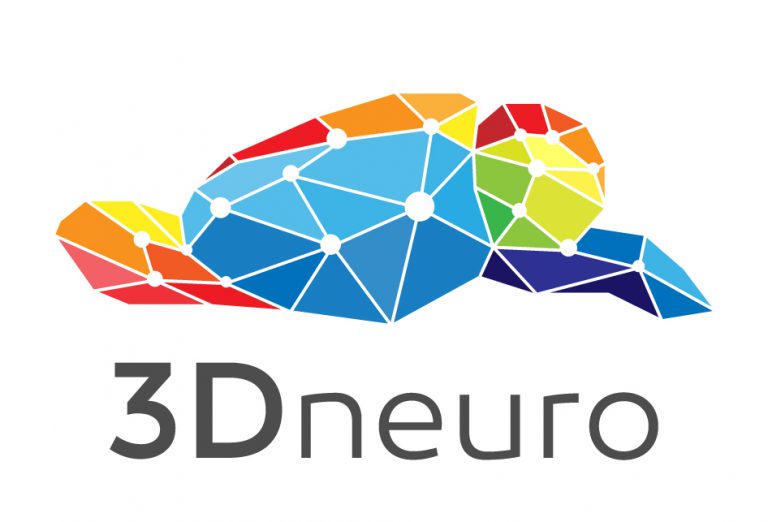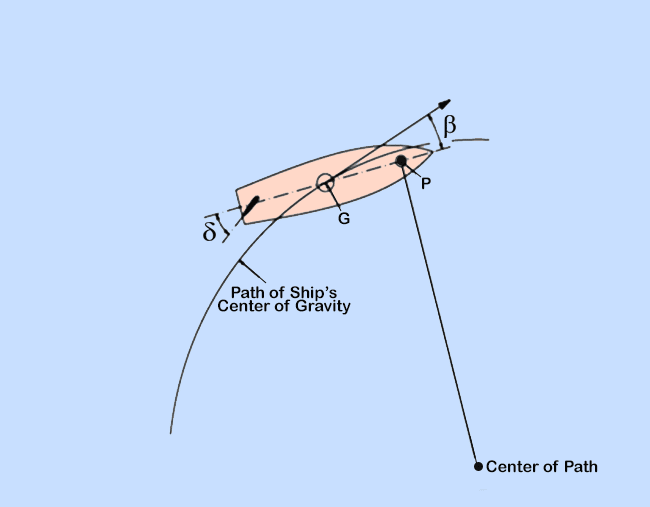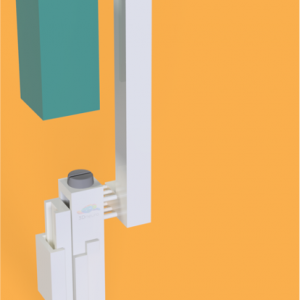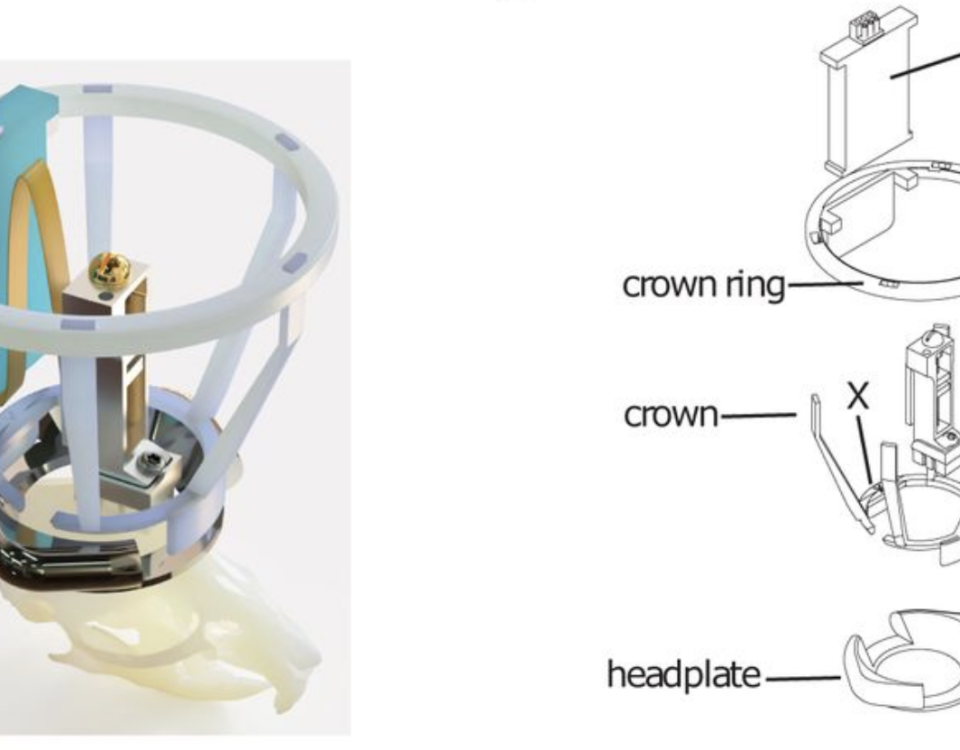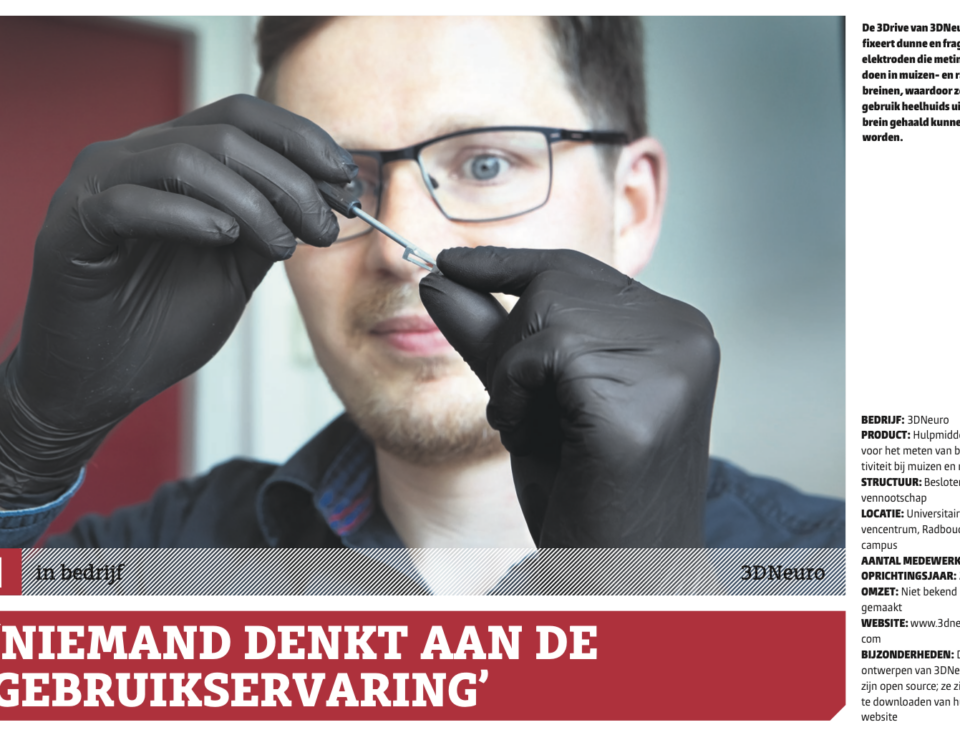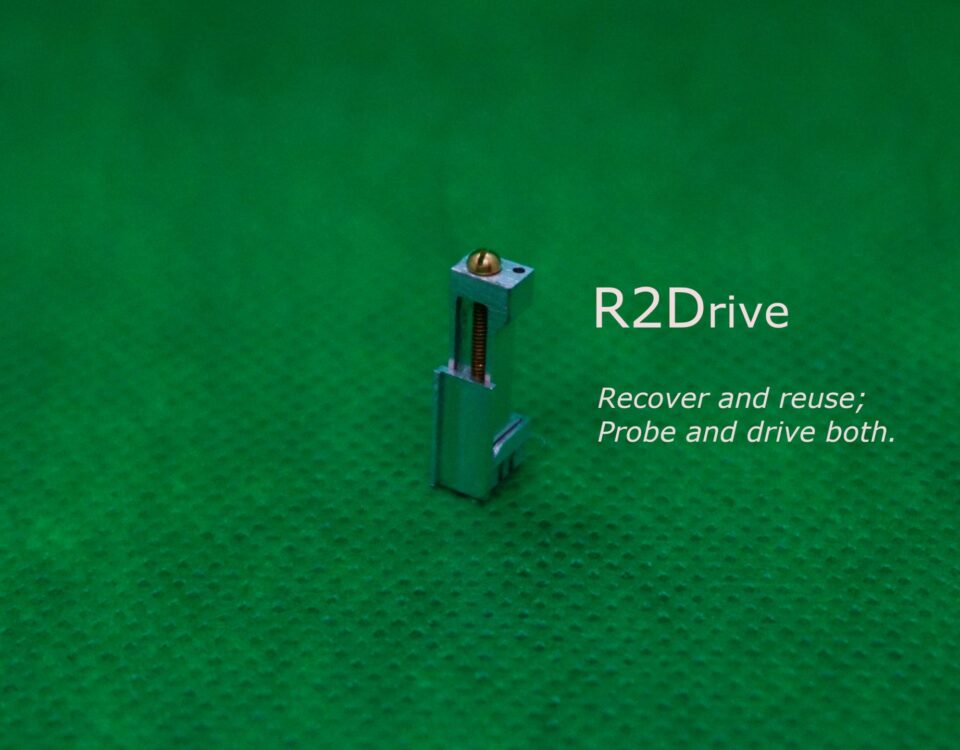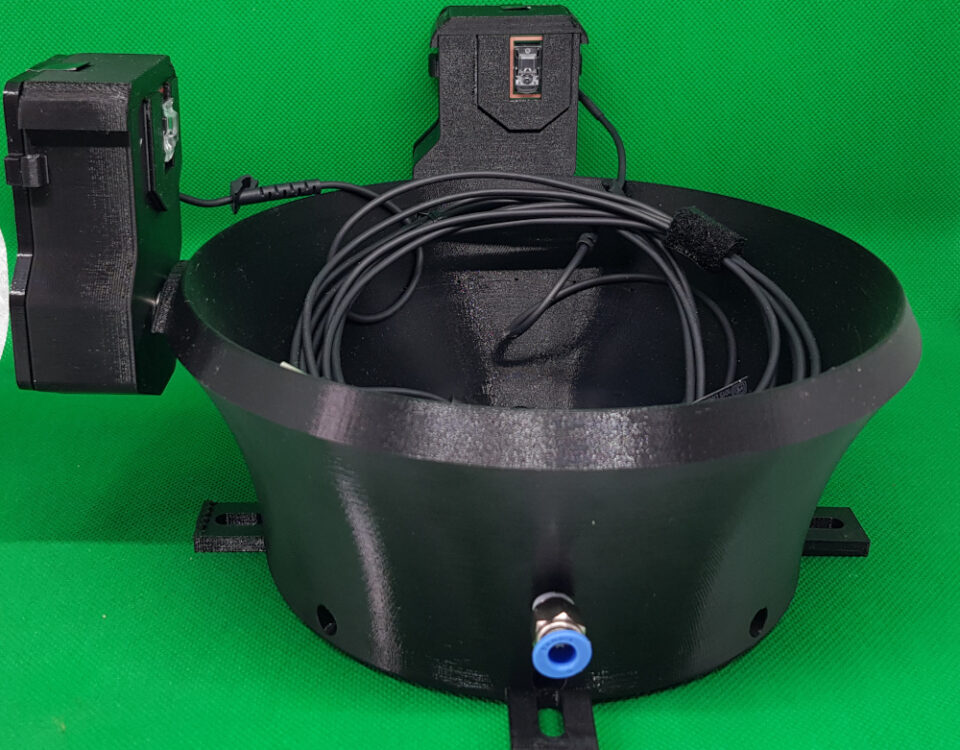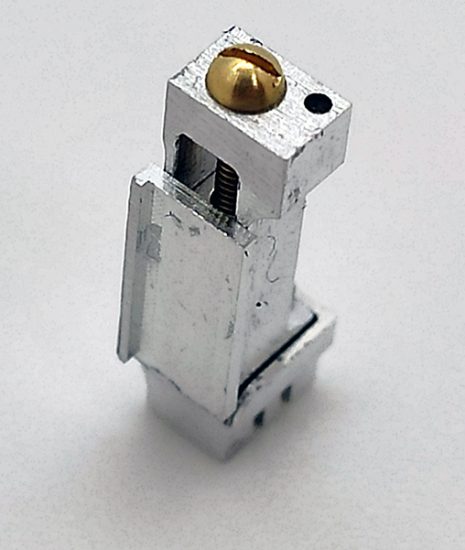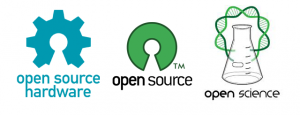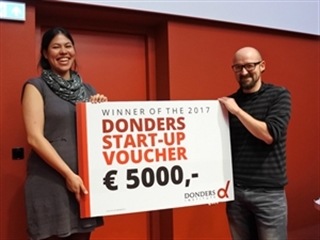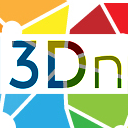Solutions for in vivo electrophysiology
In systems neuroscience, researchers often push the limits of experimental methods and equipment. We're here to help!
With a focus on brain implants in animal models, we help researchers who want to record neural activity to realize their new ideas faster and easier. To do that, we push the limits of 3D printing and machining to produce designs that combine performance, handling ease and user priorities such as enabling electrode reuse.
We also collaborate on multiple custom R&D projects, from rodent head fixation in VR setups and MRI scanners to various treadmill designs.
In line with our mission, we actively contribute to the open source/open hardware space.
See our X account @3Dneuro for company news and views.
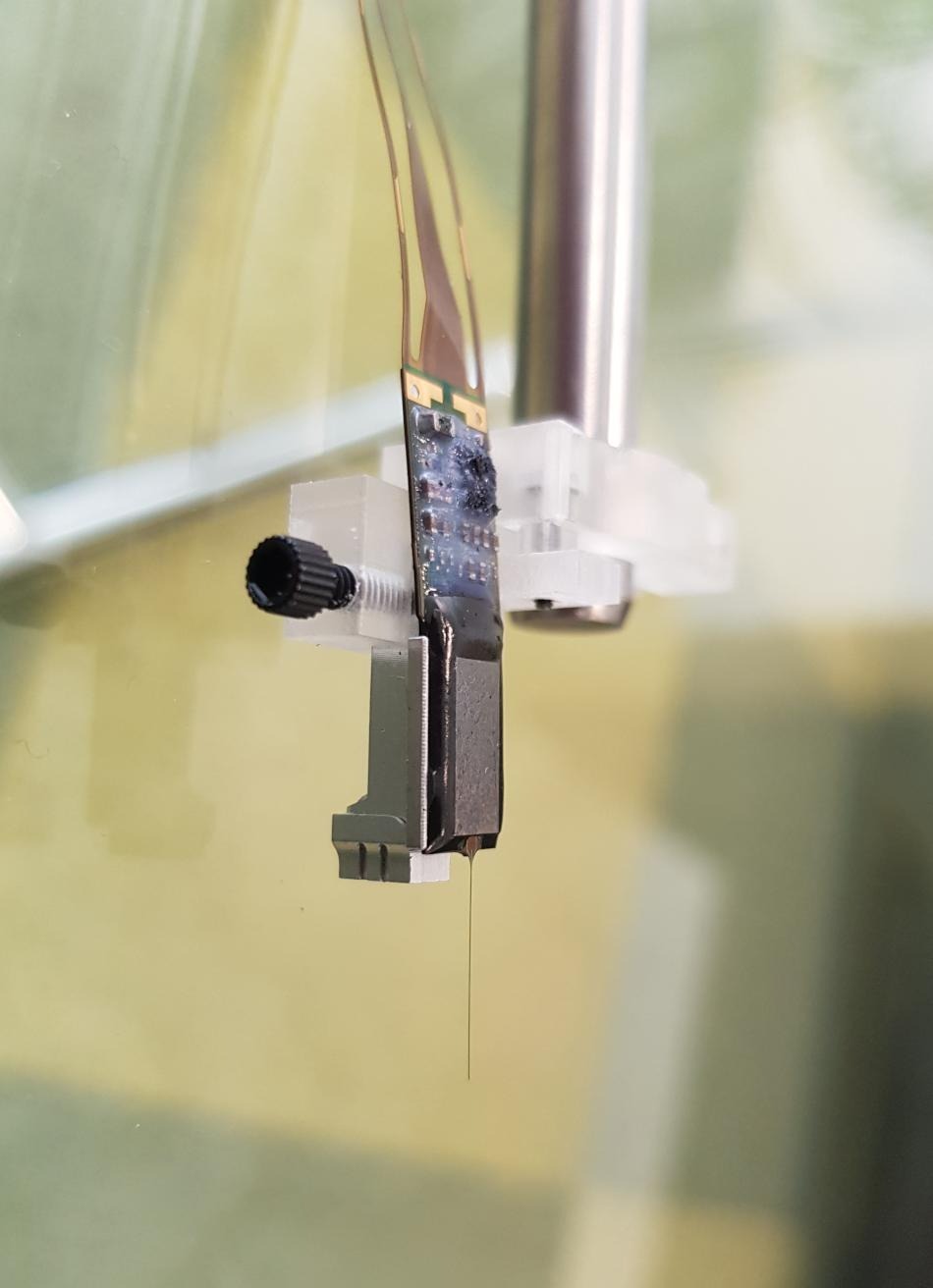
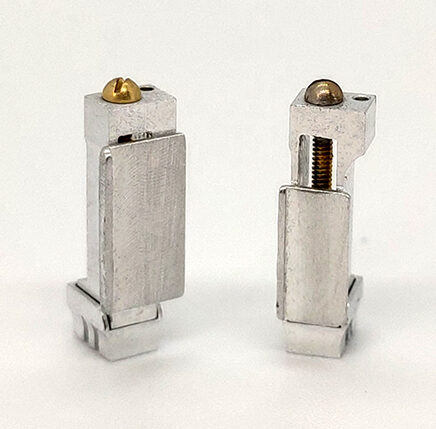
Create your quote
Get everything you need, quickly and easily!
We specialize in making custom implants for in vivo (rodent) electrophysiology, to help researchers use cutting-edge high-density silicon probes, by themselves or together with other recording and stimulation tools.
What our users say
We ship worldwide and have served clients at the following institutions:

Get in touch
Not sure what drive is right for you? Wondering whether you need a crown or not? Do you have questions about our ordering process or current lead times? Is there a problem in your setup that we can help with? Or do you want to give us feedback on drives you got from us? Then do not hesitate to get in touch either using the form below or messaging/@ing us on Twitter!
